Borghi sospesi tra presente e futuro
Abstract
Il Parco Nazionale dell'Aspromonte è stato istituito nel 1994. Si tratta di un’area protetta che comprende trentasette comuni, nove dei quali hanno meno di mille abitanti e otto meno di duemila. I primi insediamenti risalgono al primo millennio a.C., quando i Greci popolarono questa zona tramandando i valori della propria cultura e dei propri costumi come la coltivazione dei cereali, delle olive viti per la produzione di vino. Nel tempo, gli eventi naturali e le attività umane hanno influito negativamente sulla possibilità di vivere nei villaggi. Questi eventi hanno contribuito a un drastico spopolamento seguito da un deterioramento del patrimonio culturale e della memoria storica. C'è stata anche un'alterazione dei paesaggi tradizionali, soprattutto quelli rurali, una perdita di biodiversità e un aumento della fragilità di questi insediamenti nel tempo. Negli ultimi anni il Parco Nazionale dell'Aspromonte ha collaborato con le amministrazioni comunali e le comunità locali a sostenere valori tangibili e intangibili. Oggi è attivo anche nell’organizzazione di eventi legati al turismo esperienziale e all'aria aperta per supportare i piccoli comuni in progetti di valorizzazione dei borghi.
Abandoned Villages hanging between present and future
The Aspromonte National Park has been established in 1994. It is a protected area which includes thirty-seven municipalities; nine of them have less than a thousand inhabitants, and eight municipalities have less then two thousand inhabitants. The first settlements date back to the first millennium B.C., when the Greeks populated this area and hand on the values of their own culture and customs such as growing cereals, olives and vines for the production of wine. Over time, natural events and human activities negatively affected the possibility of living in the villages. These events contributed to a drastic depopulation followed by a deterioration of the cultural heritage and historical memory. There was also an alteration of the traditional landscape, especially the rural ones, a loss of biodiversity, and a decrease in the places’ safety over time. In the last years, The Aspromonte National Park has been working to support tangible and intangible values. Today, it is also active in the organization of events related to experiential and outdoor tourism to support small towns in projects to enhance villages.
Parole chiave
Full Text
PDFDOI: https://doi.org/10.14633/AHR260
Refback
- Non ci sono refbacks, per ora.
Copyright (c) 2020 Silvia Lottero

This work is licensed under a Creative Commons Attribution-NonCommercial 4.0 International License.
........................................................................................................................................................................................................................................................................................................................................................
ArcHistoR è una rivista open access e peer reviewed (double blind), di Storia dell’architettura e Restauro, pubblicata con cadenza semestrale dall'Università Mediterranea di Reggio Calabria (Laboratorio CROSS - Storia dell'architettura e Restauro, dAeD - Dipartimento di Architettura e Design).
ISSN 2384-8898
![]()

Comitato scientifico internazionale
Maria Dolores Antigüedad del Castillo-Olivares, Monica Butzek, Jean-François Cabestan, Alicia Cámara Muñoz, David Friedman, Alexandre Gady, Jörg Garms, Miles Glenndinning, Mark Wilson Jones, Loughlin Kealy, Paulo Lourenço, David Marshall, Werner Oechslin, José Luis Sancho, Dmitrij O. Švidkovskij
Comitato direttivo
Tommaso Manfredi (direttore responsabile), Giuseppina Scamardì (direttrice editoriale), Antonello Alici, Salvatore Di Liello, Fabrizio Di Marco, Paolo Faccio, Mariacristina Giambruno, Bruno Mussari, Annunziata Maria Oteri, Francesca Passalacqua, Edoardo Piccoli, Renata Prescia, Nino Sulfaro, Fabio Todesco, Guglielmo Villa
 .
. 


2.jpg)
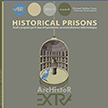
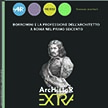
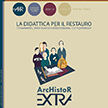

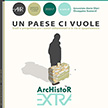
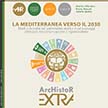
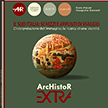
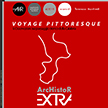
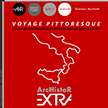
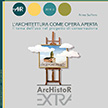
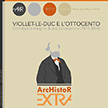
_2.jpg) .
. 
 .
. 

